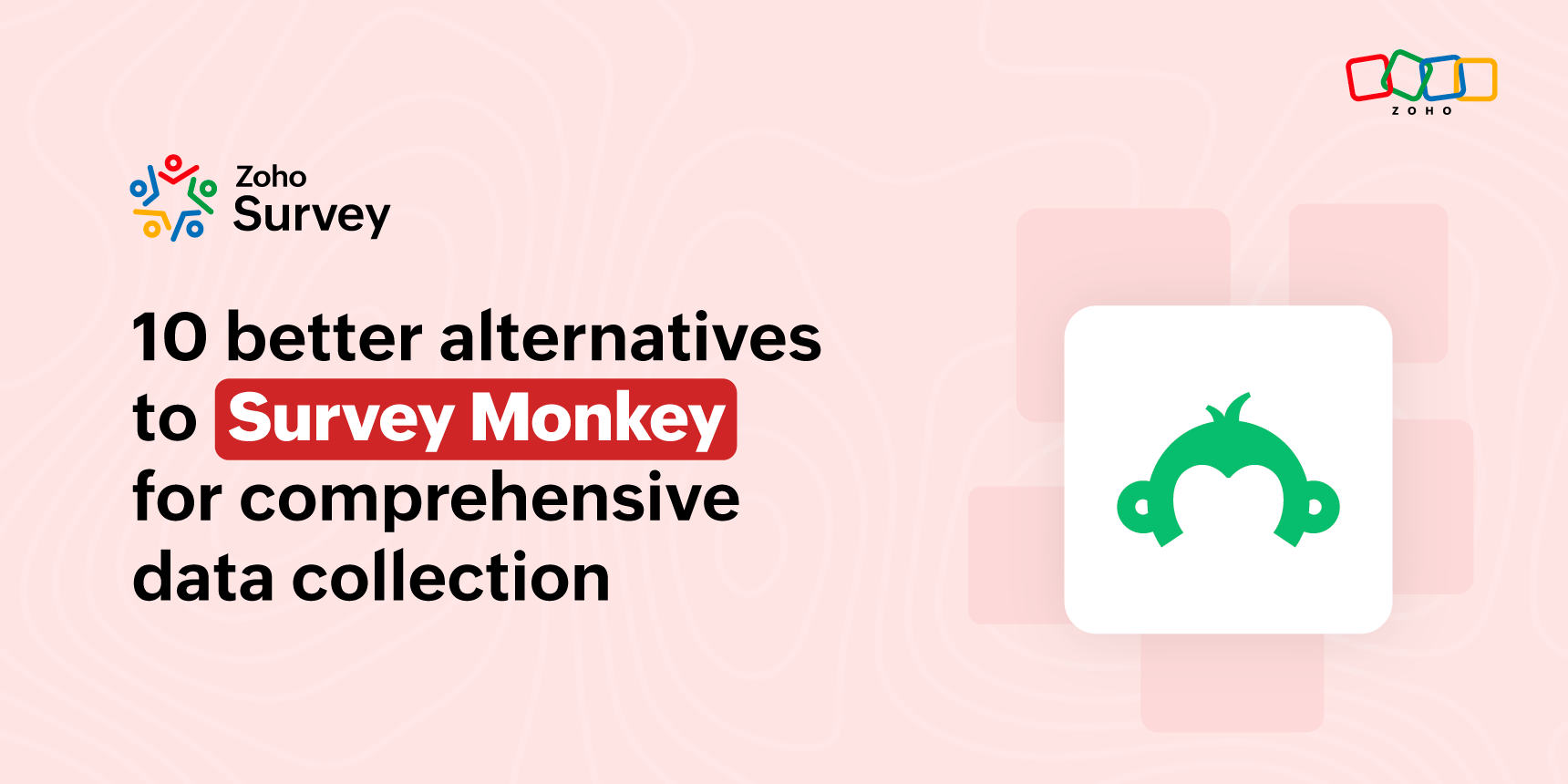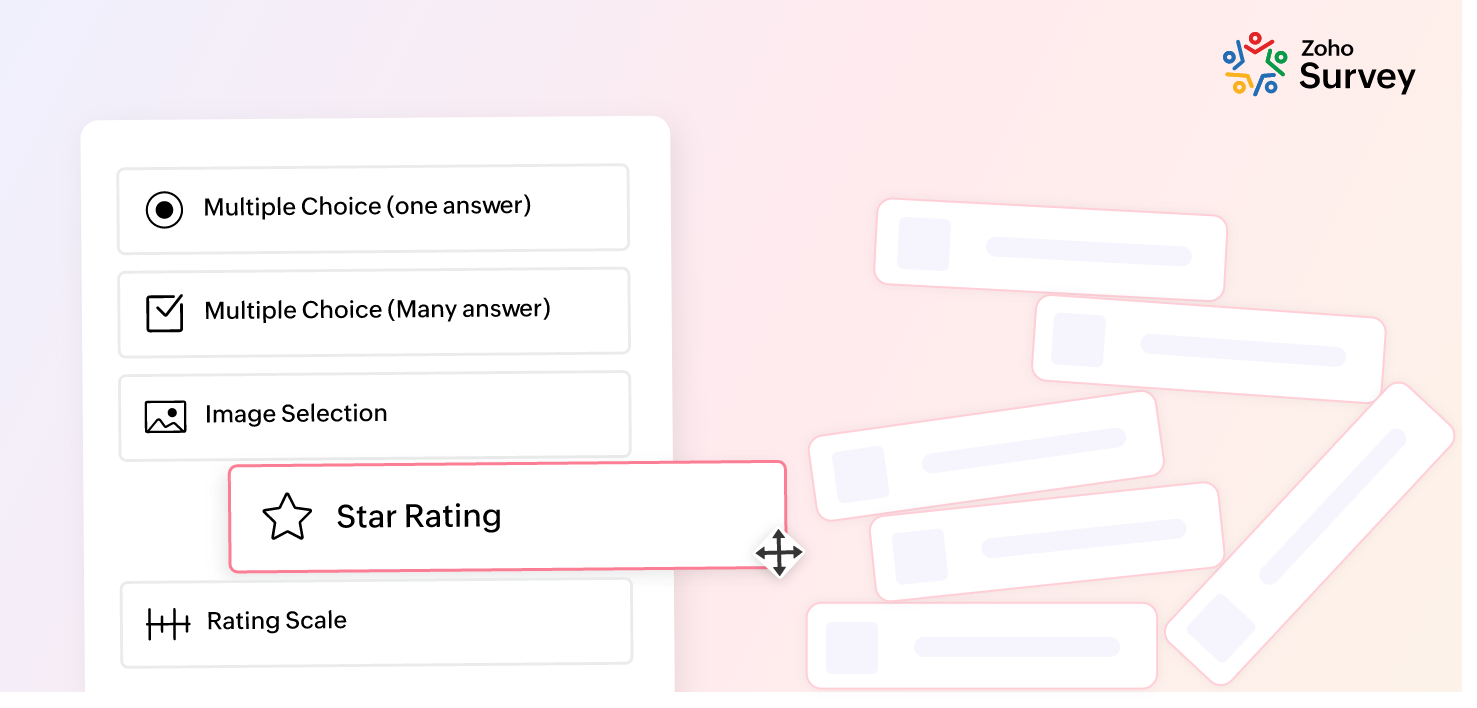- HOME
- Cx Experience
- Trending CX goals for 2021 and how to achieve them
Trending CX goals for 2021 and how to achieve them
- Last Updated : August 12, 2024
- 227 Views
- 7 Min Read
Think about it: When was the last time you had a positive experience with a brand or business? How great did it feel?

Now, think about a less positive experience you had, didn't it feel like an absolute nightmare? This is what we call Customer Experience (CX). Customer experience is how your customers feel about your brand and their interactions with it. Effective Customer Experience Management is key to ensuring that your customers have a great experience with your brand. There are two important aspects of the customer experience: the first focuses on the customer, and the second is the product or service offered. Customer experience also depends on the actions you take to improve the experience of your customers.
Why is monitoring customer experience important?
Let's say you run a product-based company and the products and automated tools you offer are the same quality as those offered by your competitors. What is the one factor that can set you apart? The service you provide to your customers. The personal interactions an individual has had with your business. Research conducted and published by Capegemini shows that 81% of customers are willing to pay more in order to have a positive customer experience. It has been proven time and again that customer-centric businesses enjoy higher revenues and comparatively lower churn rates than their competitors. This demonstrates why business owners need to make customer experience management a priority. This will result in good returns in terms of loyalty, brand retention, and a strong market base over time.
Why is customer experience ignored by so many businesses?
Customer experience is often the most neglected factor of a company's growth, and you may be wondering why it's so often ignored. There are several reasons why this area is overlooked.
Confusing customer satisfaction with customer experience:
Companies may think that they have acquired enough data through their Customer Relationship Management programs to handle consumer needs. However, it is important to understand that Customer Relationship Management focuses on customer satisfaction with the service or product, while Customer Experience Management requires a deeper analysis of how customers interact with your business. It is easy to blur the lines between these two aspects of your brand.
Not closing the loop:
Many companies forget to establish effective ways for their customers to submit feedback and reviews. Even if they do, the feedback may be left unanswered and unaddressed, stuck in limbo. Addressing feedback can be anything from adding features or enhancing designs, to changing how functions work. If the loop stays open, customers will eventually leave due to the frustration of feeling unheard. Even if you have a sophisticated Customer Relationship Management system, your customer experience strategy may collapse if you don't take action on feedback.
Ignoring the truth about the delivery gap:
According to a published research paper, "Closing the delivery Gap" by Bain & Company, 80% of companies think that they provide quality services but in contrast, only 8% percent of customers think that they receive quality services. This delivery gap is astounding and it is easy to look the other way when your perception does not align with reality. This gap needs to be internalized by businesses and drive them to work towards providing a positive customer experience.
Thinking that CX is related to just one department:
When a customer interacts with an employee of a company, they see them as a representative of the entire company. This means that every interaction contributes to CX, whether the person the customer interacts with is a developer, a designer, or from the communications team. Every single employee is responsible towards their company's image.
Here are a few goals for 2021 to successfully implement your Customer Experience (CX) strategy:
Simple and efficient data collection through surveys:
An effective method of collecting customer experience data is with surveys such as Customer Satisfaction Surveys. Asking the right questions, like “Did our customer service influence your decision to purchase our product?" and “Did our brand deliver the experience promised by our marketing?” will help you understand whether your customers are happy with the services provided by your company. This will also help you understand what your customers expect from your products and services. Regularly surveying your customers about their experience is a simple yet effective goal to help improve your business.
The future is in automation:
The COVID-19 pandemic pushed the corporate world to its limits in terms of managing work efficiently. Automation can help streamline many background functions, giving you the space and time to deploy other customer experience strategies. This can result in highly personalized customer experience solutions and make a huge difference in how your customers perceive your brand, leading to successful conversions of potential customers. You can also automate targeted emails, post-purchase interactions, and custom reminders. However, be wary of over-automation as you risk losing the charm of personal interaction with your customers.
Take CX to another level with Artificial Intelligence (AI):
Speaking of the future and automation being a part of it, Artificial Intelligence (AI) has been one of the most heavily researched technologies of the last decade. Enhancing your website experience with friendly interactions with chatbots can reduce your response time to your customer's queries and resolve them quickly and easily. There has also been a major shift in how businesses are training their chatbots to respond automatically to questions with information from help guides. Make implementing interactive Artificial Intelligence one of your primary goals and you can be confident you are providing a quality customer experience this year. Perhaps it is time to take a step back and let the future take over.
Enhance your customer experience with Augmented Reality (AR):
Never be uncertain about a purchase again with Augmented Reality tools. AR helps transform your personal environment into a digital platform where you can add and remove digital objects in a simulated environment. For example, if your business sells furniture, you can help the customer choose a suitable piece for their living room using augmented reality without ever setting foot in your store. Your business can also use AR to train employees to establish better communication with customers and hyper-personalized marketing. Set a goal to either invest in building sophisticated AR programs or purchase advanced AR tools suitable for your business.
Employee experience matters:
Keeping your employees engaged and happy is just as important as keeping your customers happy. When your employees have quality experiences with your company, they will be passionate about your brand and about providing quality experiences to your customers. Positive employee experience is directly proportional to positive customer experience. Make sure to engage your employees, develop a personal relationship with them, and give them benefits that will give you a competitive edge over other companies so you can retain your best employees.
Fast and effective digital transformation:
Thanks to the pandemic, companies are being pushed further towards the digital world. With one-on-one interaction with customers significantly reduced, it is important for businesses to invest more time, energy, and money into an interactive website for a seamless and uninterrupted customer experience. Your website is the face of your company; what you present on your website is what the customer will expect from the products or services they purchase from you. So make sure you transform your digital space quickly and effectively to meet the demands of your customers. This year, set a goal to align your digital transformation strategies with your customer experience demands.
In summary, to optimize customer experience with your business, you need to:
Create a clear-cut strategy to work on: Have a plan. Analyze the data acquired from various avenues and act on it.
Connect with your customers: Show your customers that they matter with personalized interactions. A strong connection built on their end-to-end journey is more likely to resonate with your customers.
Capture real-time feedback: There is nothing better than gaining insights into customer experiences in real time. You can acquire more information that otherwise might get lost.
Measure your Return Of Investment (ROI): Make sure you measure your ROI against the metrics gained from the customer experience strategies that you have implemented. This gives you a detailed understanding of how effective and well-received the systemic changes you've made are.
Take regular action on the feedback you receive: Everybody gains data, what matters is how it is used to the benefit of your customers and business. So don't let it just sit there, shake it up and use it to provide top-notch customer experience.
We hope that these tips help you kick start your journey to provide quality Customer Experience (CX) to your consumers!


